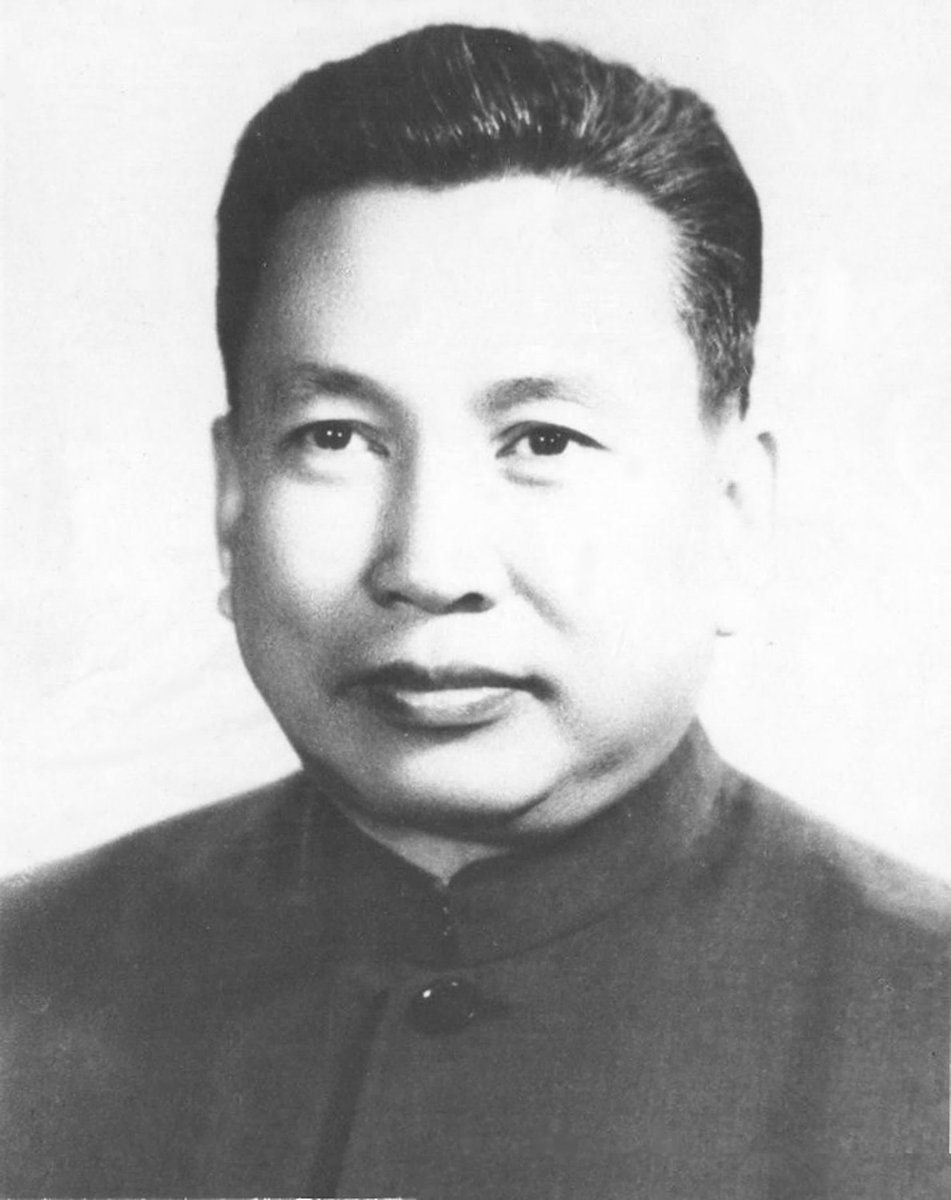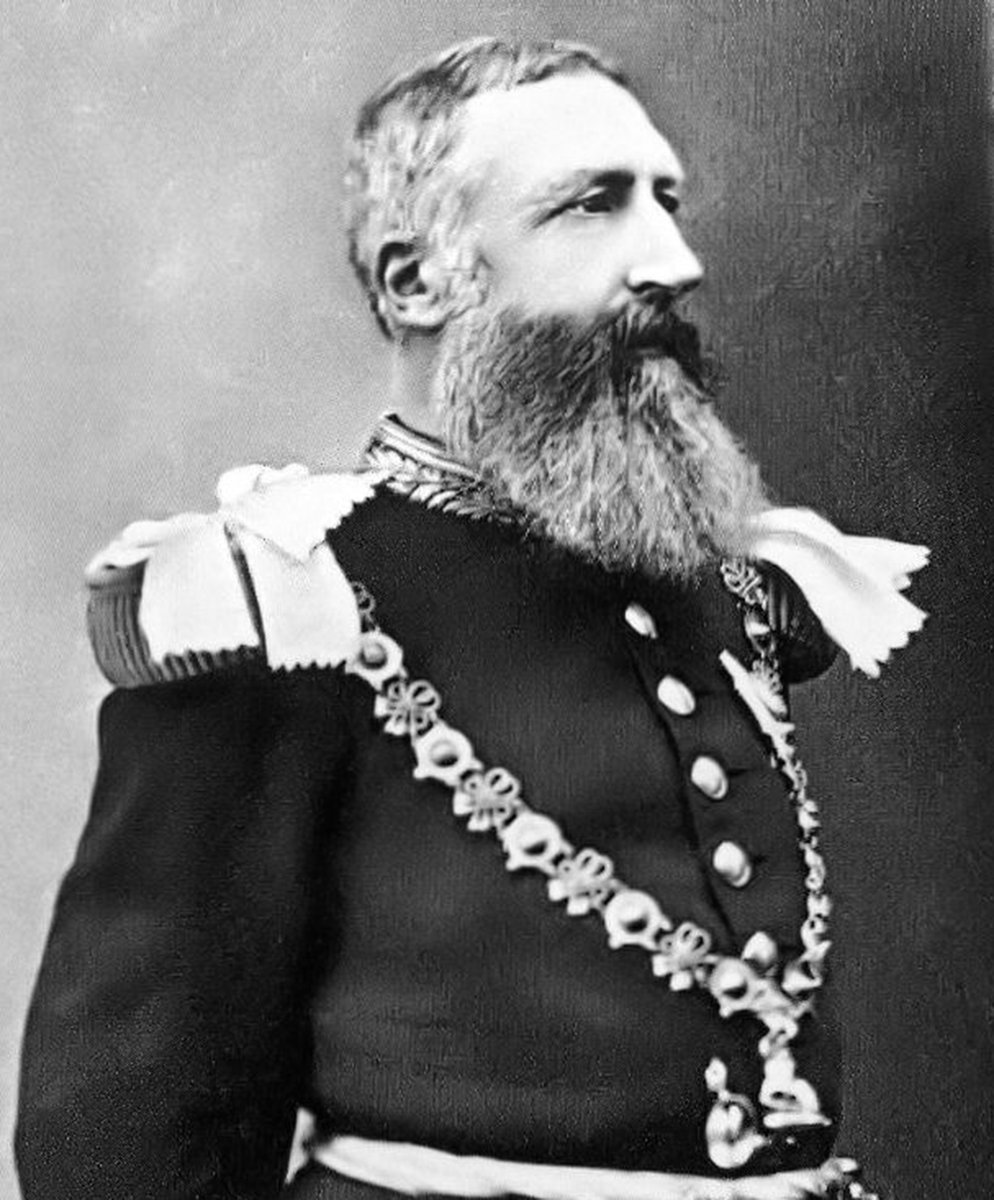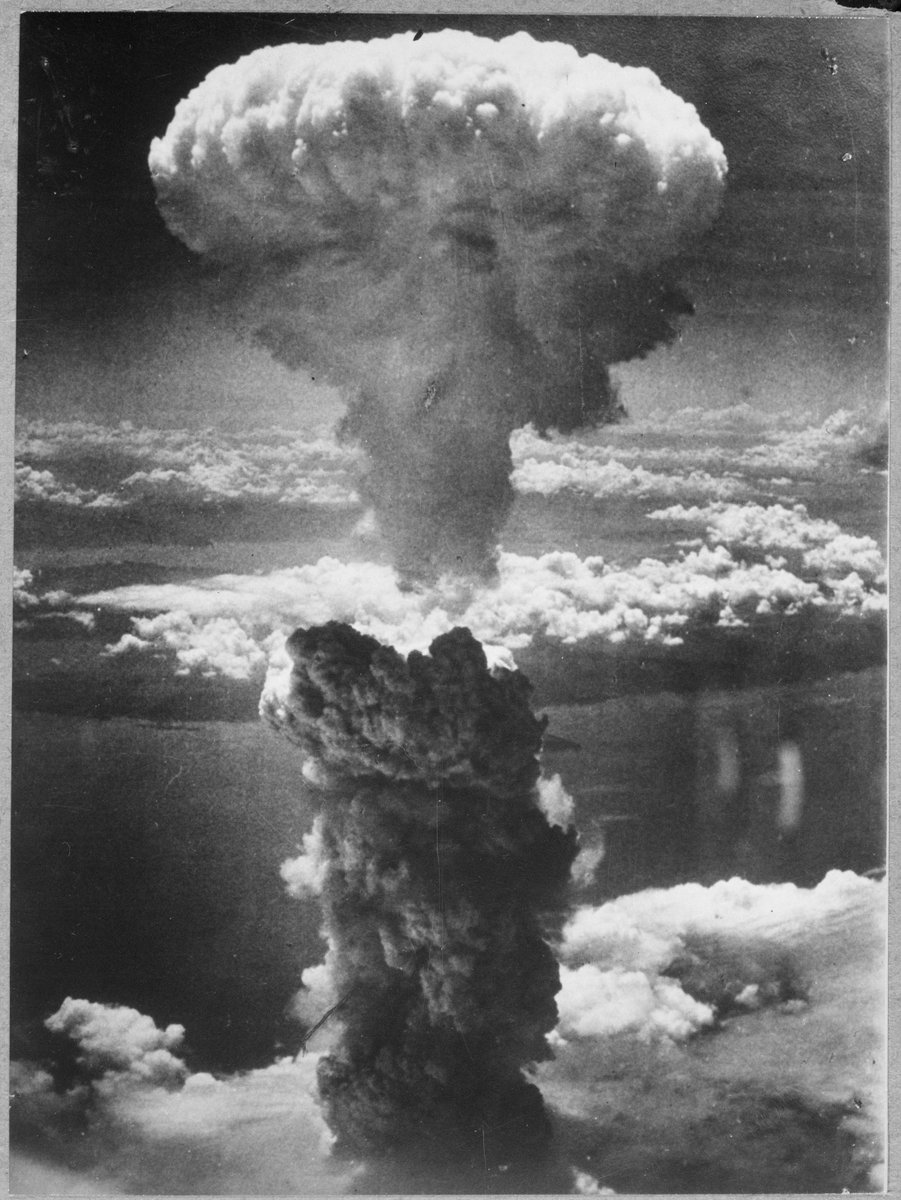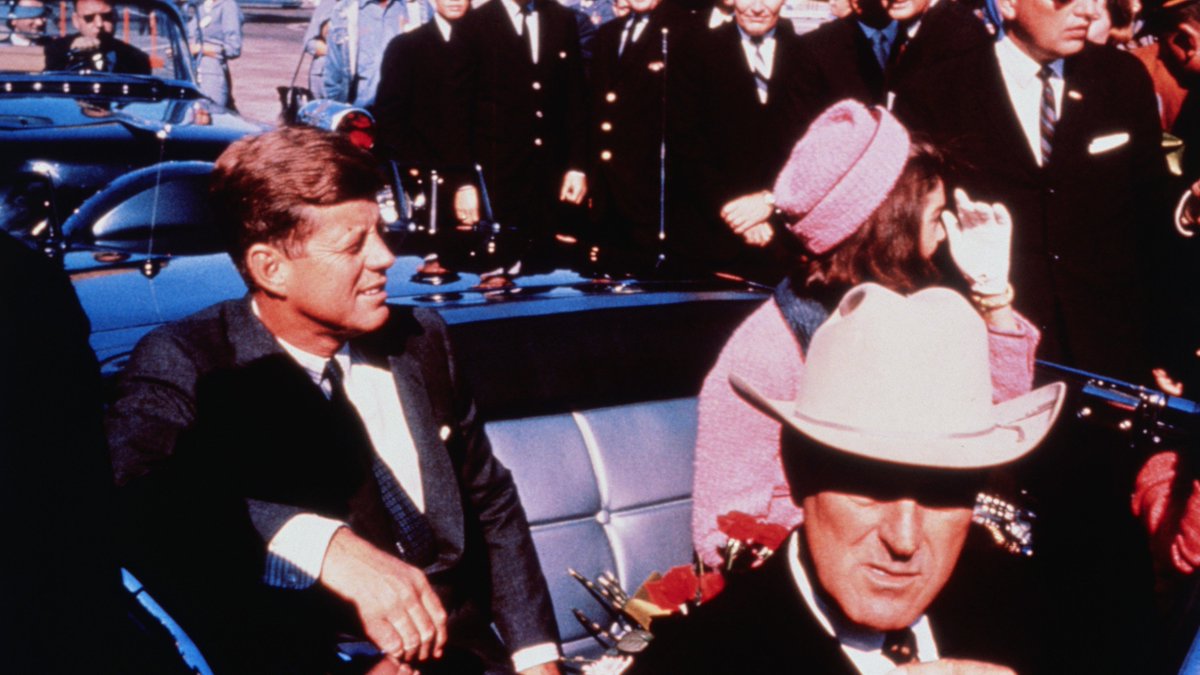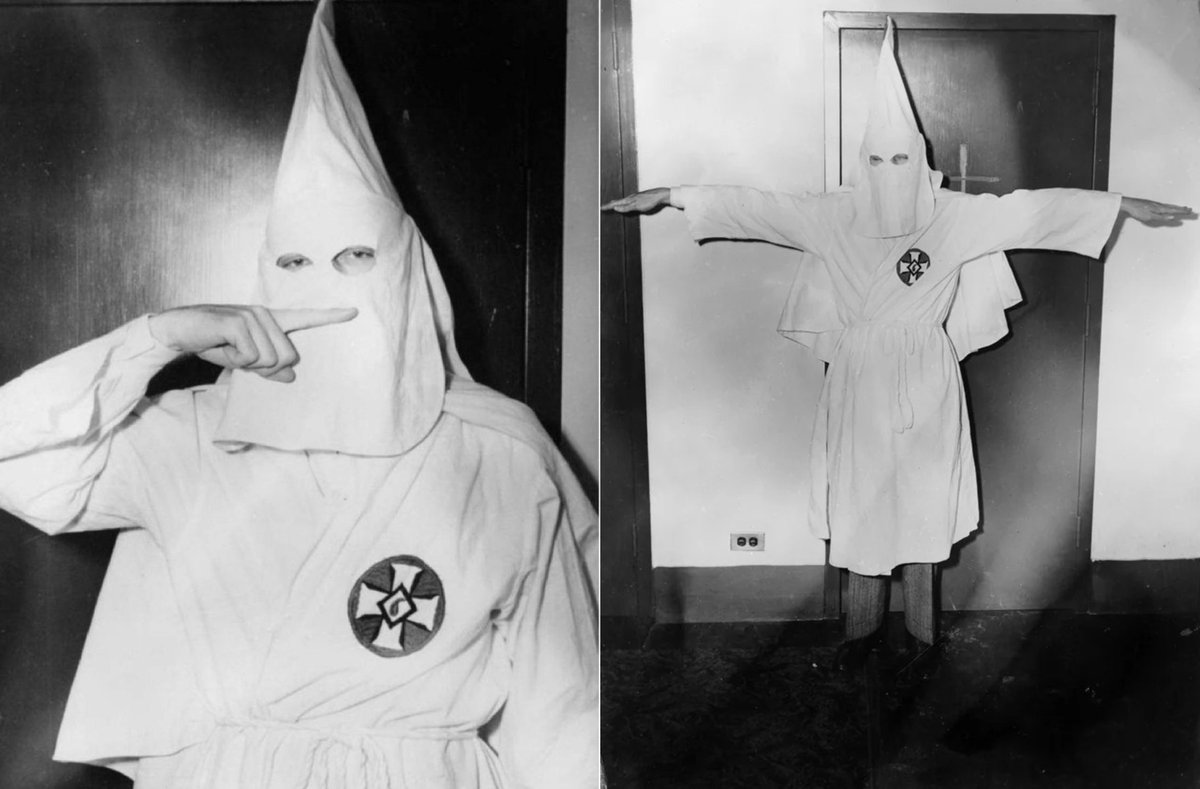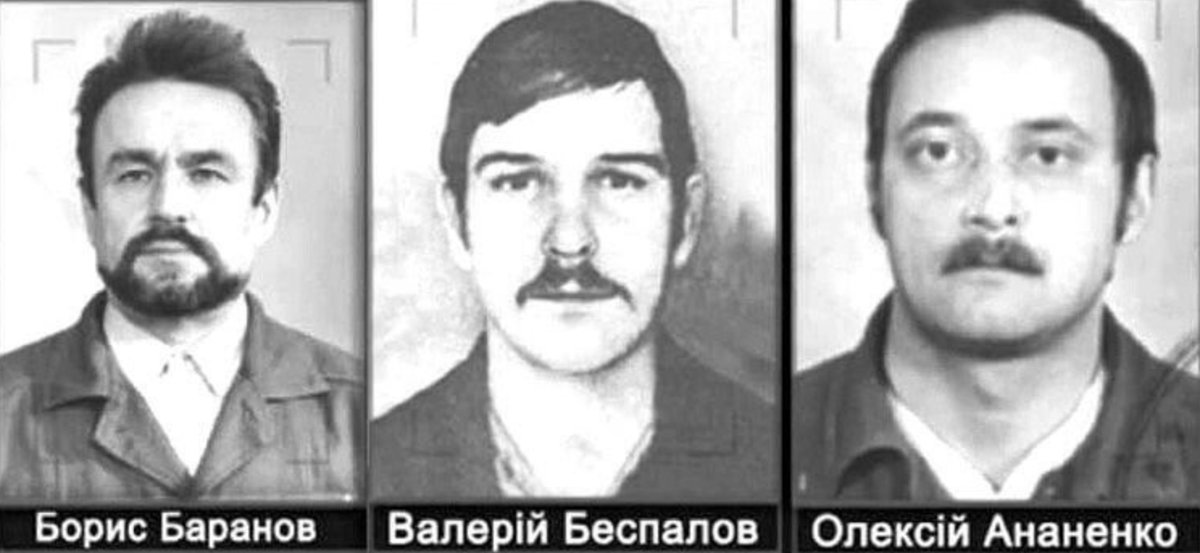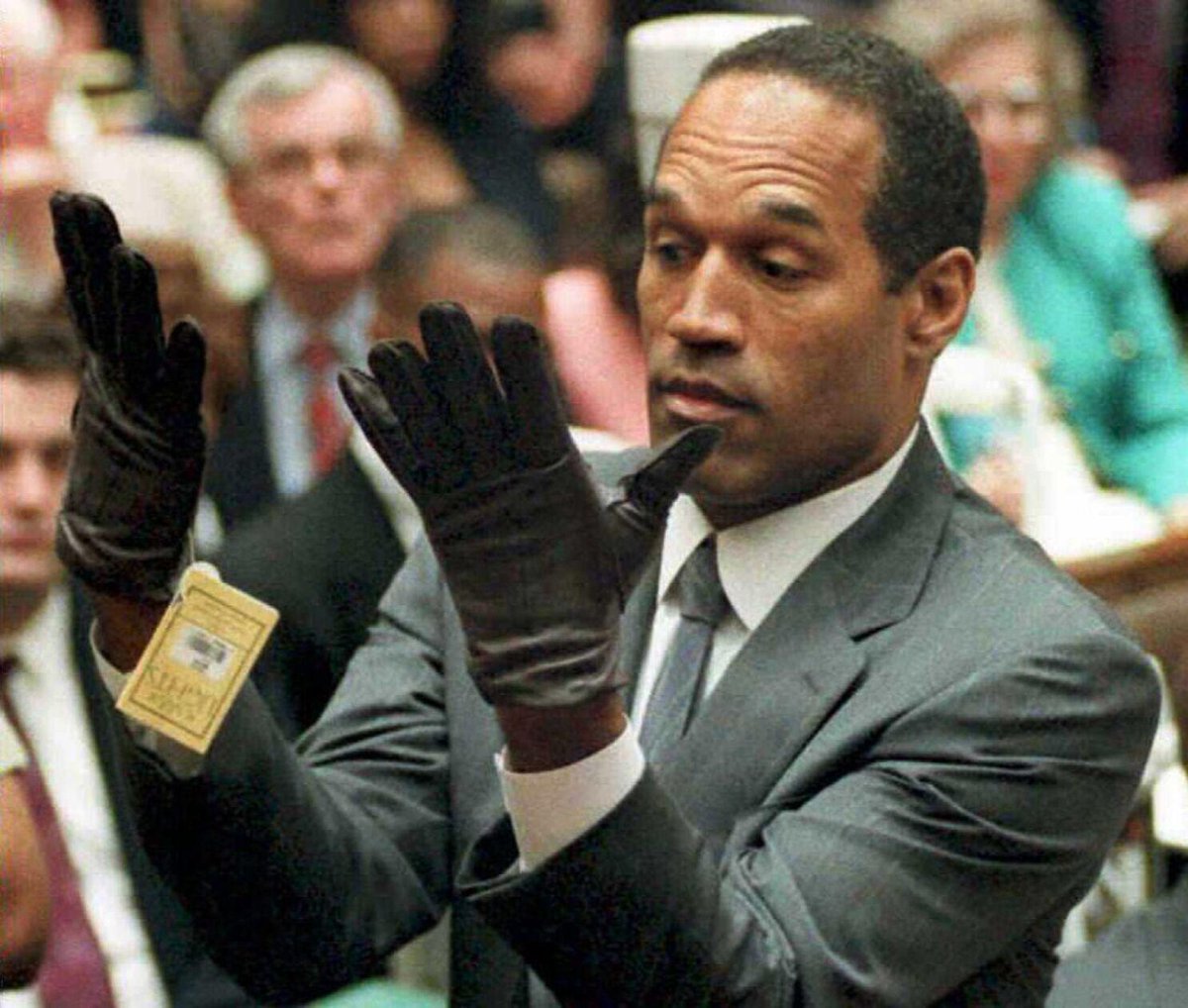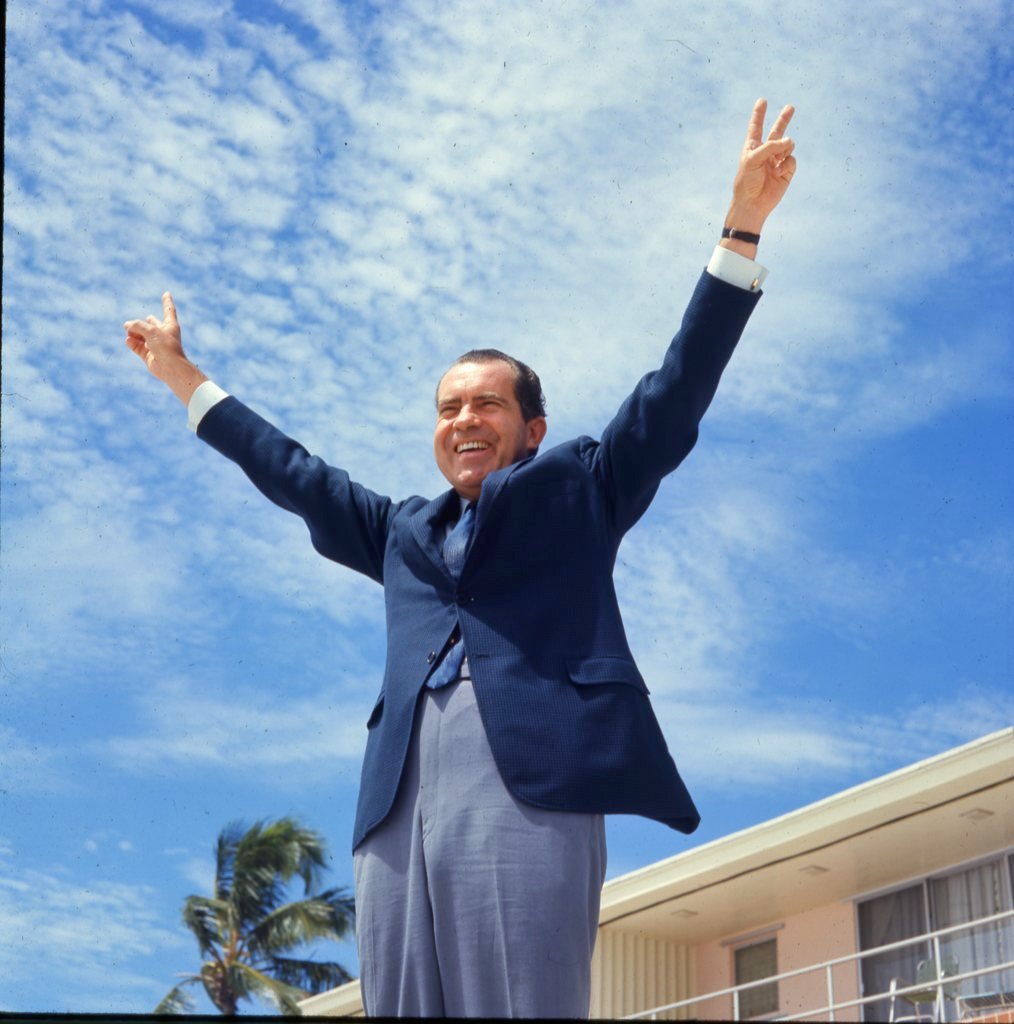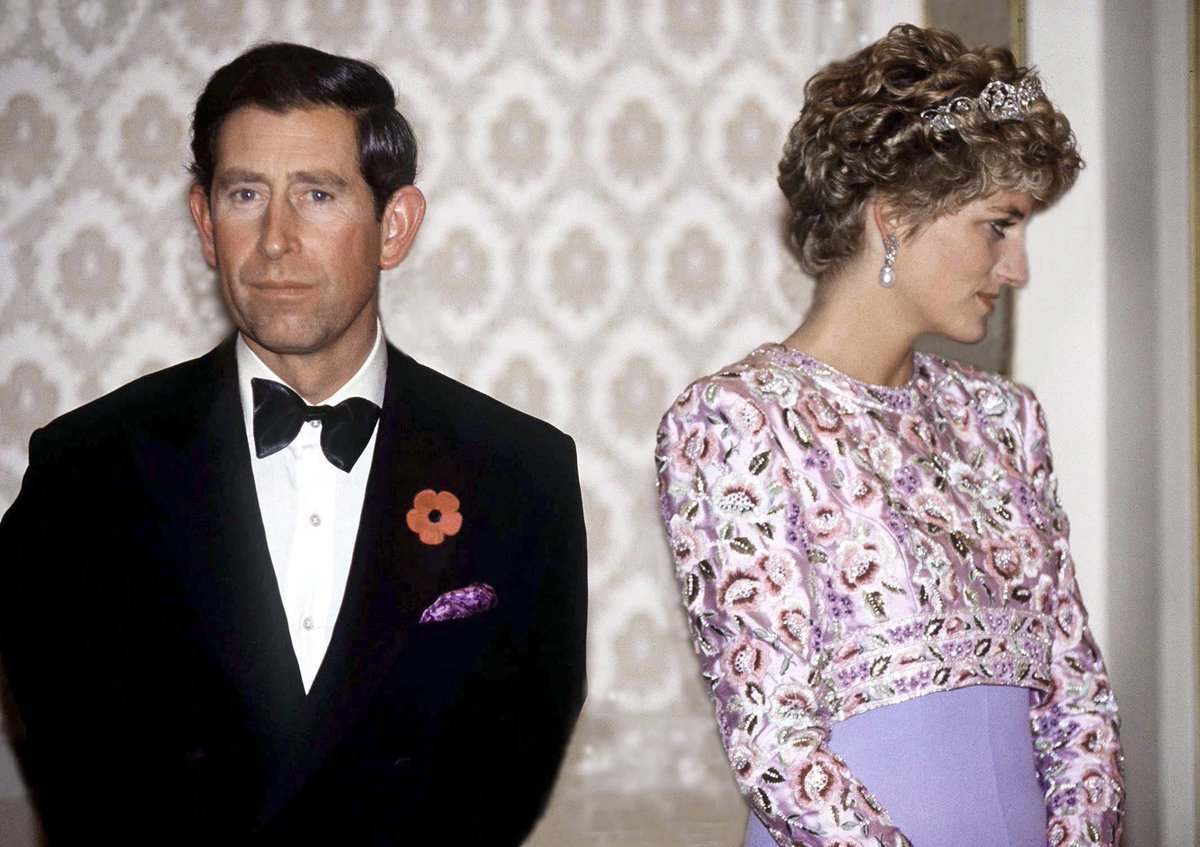8 of history's biggest man-made disasters:
1. Deepwater Horizon Oil Spill: In 2010, a surge of methane gas traveled through the Deepwater Horizon’s drill pipe. A blowout preventer was in place meant to stop this type of accident should it occur but the preventer failed, allowing the gas to reach the platform, where it exploded and led to the rig catching fire before it sank. Eleven workers were killed at the time.
The largest marine oil spill in history, 134 million gallons of oil were released off the coast of Louisiana before being contained almost three months later. The spill killed marine wildlife, damaged ecosystems, destroyed Gulf Coast jobs dependent on tourism and induced negative health effects on residents. Further complicating matter, the oil dispersant used in the cleanup also caused damage by permeating the food chain. 14 years later, the effects of this blunder are still being seen, particularly in wildlife.
1. Deepwater Horizon Oil Spill: In 2010, a surge of methane gas traveled through the Deepwater Horizon’s drill pipe. A blowout preventer was in place meant to stop this type of accident should it occur but the preventer failed, allowing the gas to reach the platform, where it exploded and led to the rig catching fire before it sank. Eleven workers were killed at the time.
The largest marine oil spill in history, 134 million gallons of oil were released off the coast of Louisiana before being contained almost three months later. The spill killed marine wildlife, damaged ecosystems, destroyed Gulf Coast jobs dependent on tourism and induced negative health effects on residents. Further complicating matter, the oil dispersant used in the cleanup also caused damage by permeating the food chain. 14 years later, the effects of this blunder are still being seen, particularly in wildlife.

2. Chernobyl: The day of the incident started innocently enough, with engineers performing a routine experiment that was supposed to find out if the plant’s emergency water cooling would work during a power outage. The test had been carried out previously, but on this occasion, there was a power surge and engineers couldn’t shut down Chernobyl’s nuclear reactors. Steam built up in one reactor, the roof was blown off, the nuclear core was exposed, and radioactive material was released into the atmosphere. Some of these materials were 400 times more radioactive than the atomic bomb dropped on Hiroshima.
Workers and firefighters were hospitalised and 28 people quickly passed away from acute radiation exposure. It took nearly two weeks, and military intervention, to extinguish the fires. Crucially, it took more than a day for the 50,000 residents of nearby Pripyat to be evacuated.
Following this, the government established a 19-mile (30km) "exclusion zone" and built a containment dome over the top of the site. In the years following the incident, studies estimate that thousands of people have succumbed to cancer because of the radiation. It’s one of the most expensive disasters in history, too, and it’s estimated that containment and clean-up efforts will continue until 2065.
Workers and firefighters were hospitalised and 28 people quickly passed away from acute radiation exposure. It took nearly two weeks, and military intervention, to extinguish the fires. Crucially, it took more than a day for the 50,000 residents of nearby Pripyat to be evacuated.
Following this, the government established a 19-mile (30km) "exclusion zone" and built a containment dome over the top of the site. In the years following the incident, studies estimate that thousands of people have succumbed to cancer because of the radiation. It’s one of the most expensive disasters in history, too, and it’s estimated that containment and clean-up efforts will continue until 2065.

3. Bhopal Gas Disaster: In India in 1984, a chemical plant released about 40 tonnes of methyl isocyanate which is a colorless gas for pesticides. The leak was caused by malfunctioning safety systems. More than 600,000 people were exposed to the deadly cloud.
The people living around the plant were not informed quickly, and hospital staff were given conflicting information about the situation. Innocent people suffered from coughing, eye irritation, burns, breathlessness and vomiting, and thousands of people died within hours. Countless animals passed away, too.
Longer-term studies since the accident have confirmed that many thousands of people are still affected by eye, lung, and psychological damage – and, even today, it’s hard to say exactly how many people have suffered.
The people living around the plant were not informed quickly, and hospital staff were given conflicting information about the situation. Innocent people suffered from coughing, eye irritation, burns, breathlessness and vomiting, and thousands of people died within hours. Countless animals passed away, too.
Longer-term studies since the accident have confirmed that many thousands of people are still affected by eye, lung, and psychological damage – and, even today, it’s hard to say exactly how many people have suffered.

4. The Seveso Disaster: In Italy in 1976, a factory producing a chemical called 2,4,5-Trichlorophenol, which has been used as a chemical weapon and in weedkillers, had a rupture that released 6 tonnes of the toxic chemical into the atmosphere. The poisonous chemical cloud settled over 6 square miles (18 square kilometers) of the surrounding area, including the town of Seveso.
Children were hospitalized with skin inflammations, hundreds of residents suffered from skin conditions, and huge areas of land were evacuated. Thousands of animals died or had to be slaughtered to prevent toxins entering the food chain.
The Seveso disaster has had a long-term impact, too. Since 1976, studies have found that more local residents died from cardiovascular and respiratory diseases, and certain types of cancer increased in frequency in the affected areas.
Children were hospitalized with skin inflammations, hundreds of residents suffered from skin conditions, and huge areas of land were evacuated. Thousands of animals died or had to be slaughtered to prevent toxins entering the food chain.
The Seveso disaster has had a long-term impact, too. Since 1976, studies have found that more local residents died from cardiovascular and respiratory diseases, and certain types of cancer increased in frequency in the affected areas.
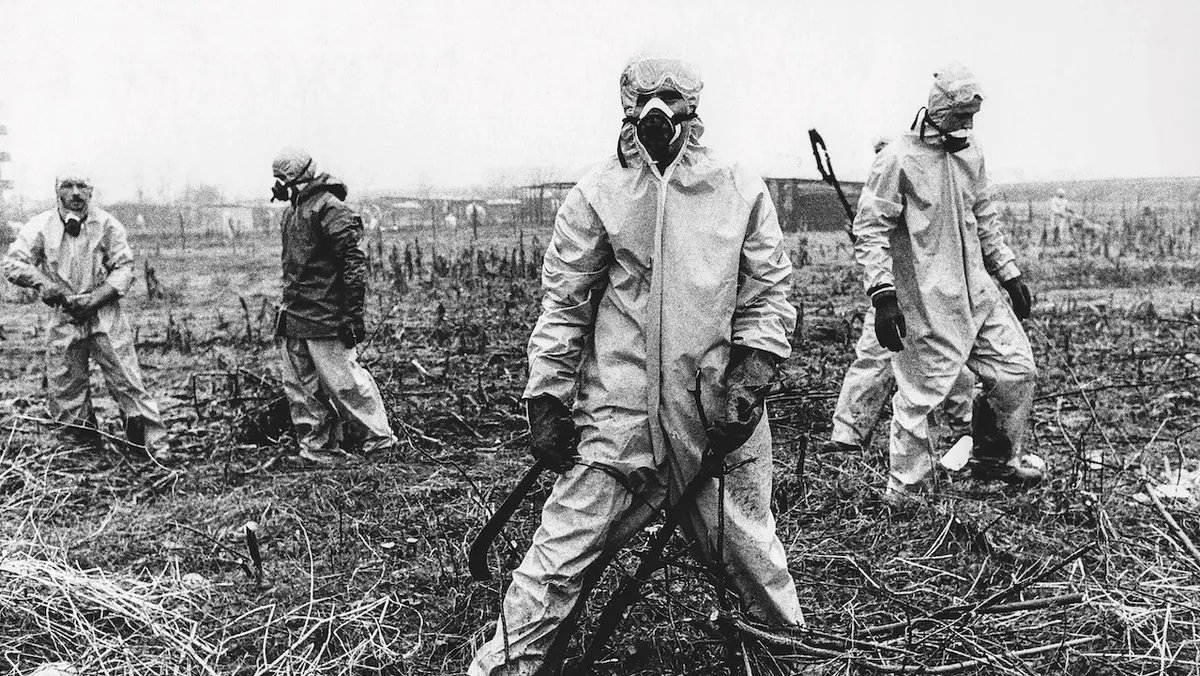
5. Love Canal: From 1942 to 1953, the Hooker Chemical Co. used a canal in Love Canal, New York, to dispose of 21,000 tons of toxic chemical waste. In 1978, The New York Times reported that chemicals from the canal had leaked into people's homes, yards, and school playgrounds after years of heavy rainy seasons created toxic puddles.
President Jimmy Carter declared a state of emergency that same year, relocated 239 families, and declared a second state of emergency in 1981 to evacuate the rest of Love Canal's residents, who had been experiencing high rates of miscarriage, birth defects, and diseases such as epilepsy, asthma, migraines, and nephrosis.
President Jimmy Carter declared a state of emergency that same year, relocated 239 families, and declared a second state of emergency in 1981 to evacuate the rest of Love Canal's residents, who had been experiencing high rates of miscarriage, birth defects, and diseases such as epilepsy, asthma, migraines, and nephrosis.
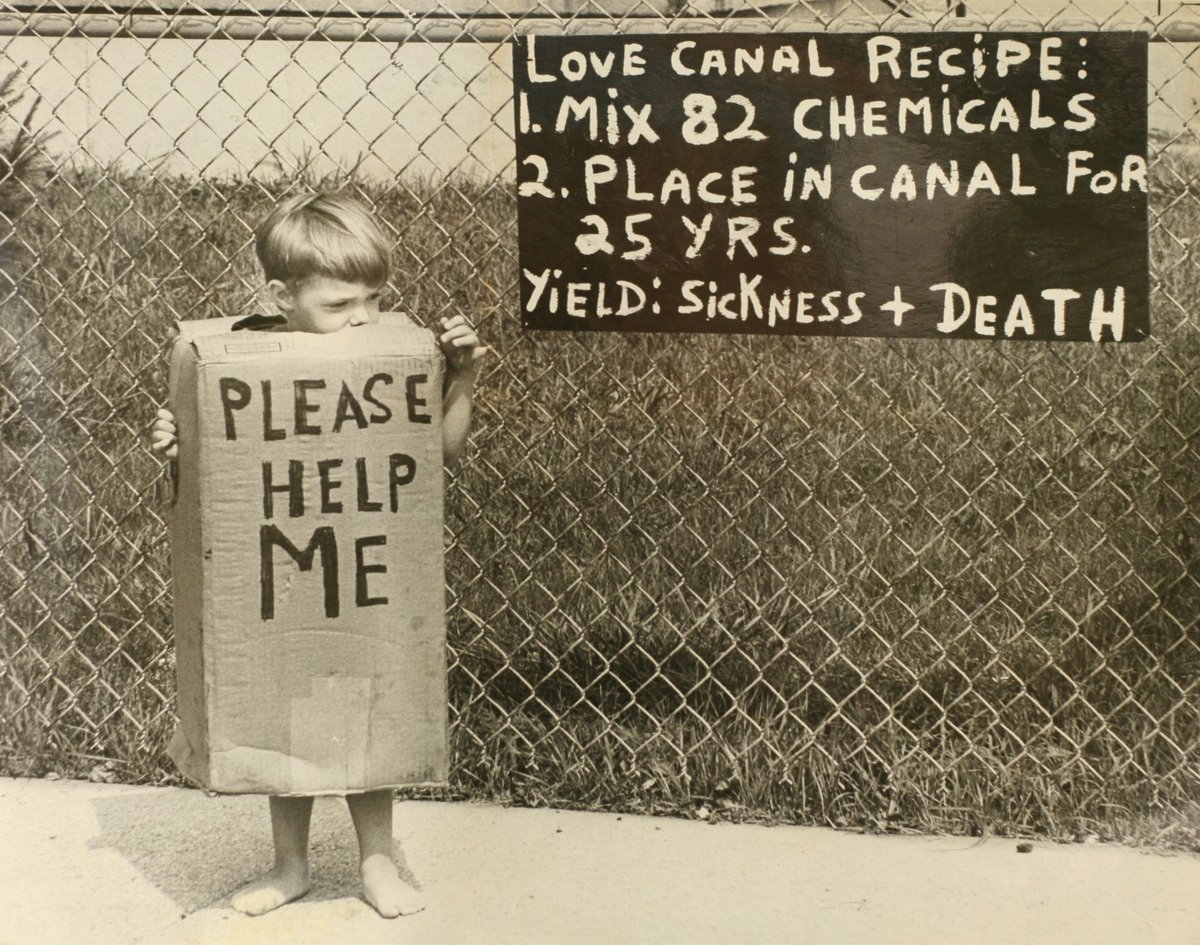
6. The Great Pacific Garbage Patch: It is estimated that 1.15 to 2.41 million tonnes of plastic are entering the ocean each year from rivers. More than half of this plastic is less dense than the water, meaning that it will not sink once it encounters the sea. Ocean currents mean that much of this trash has converged. The patch’s size varies: estimates range that it sits between around 270,000 and 5.8 million square miles (700,000 and 15,000,000km2) depending on sea movement.
Some of the items in the patch are over 50 years old, because plastics just aren’t biodegradable. Scientists reckon that it’s becoming ten times bigger with every passing decade. Unsurprisingly, the patch has a terrible effect on wildlife. Marine animals can get caught in bits of plastic or in abandoned fishing nets, which can quickly lead to death. Animals can die when they mistake plastic items for food.
The patch also has a huge and harmful impact on the ocean’s ecosystems and food chains, because plastic on the surface of the water can block sunlight from algae and plankton and pollutants can leak from different types of plastics.
Some of the items in the patch are over 50 years old, because plastics just aren’t biodegradable. Scientists reckon that it’s becoming ten times bigger with every passing decade. Unsurprisingly, the patch has a terrible effect on wildlife. Marine animals can get caught in bits of plastic or in abandoned fishing nets, which can quickly lead to death. Animals can die when they mistake plastic items for food.
The patch also has a huge and harmful impact on the ocean’s ecosystems and food chains, because plastic on the surface of the water can block sunlight from algae and plankton and pollutants can leak from different types of plastics.

7. Minamata Mercury Poisoning: Between 1932 and 1968, the Chisso chemical factory in Minamata, Japan, released methylmercury into wastewater. This toxic water tainted the fish that were consumed daily by residents. The contamination caused people to suffer from mercury poisoning, which resulted in neurological damage and later became known as Minamata disease.
Symptoms included muscle weakness, loss of coordination, damage to speech and hearing loss. It’s believed that more than 900 deaths were caused by Minamata disease. Almost 2,300 victims were identified as having Minamata disease, with more than 10,000 people receiving compensation from the Chisso corporation. American photojournalist W. Eugene Smith spent several years in Japan documenting the victims of Minamata — culminating in a book about the disaster.
Symptoms included muscle weakness, loss of coordination, damage to speech and hearing loss. It’s believed that more than 900 deaths were caused by Minamata disease. Almost 2,300 victims were identified as having Minamata disease, with more than 10,000 people receiving compensation from the Chisso corporation. American photojournalist W. Eugene Smith spent several years in Japan documenting the victims of Minamata — culminating in a book about the disaster.

8. The Dust Bowl: The Dust Bowl of the 1930s was the greatest man-made ecological disaster in the history of the United States. It encompassed a region 150,000 square miles long, across Oklahoma, the Texas Panhandles, and parts of Colorado, Kansas, and New Mexico.
In addition to drought, contributing factors that led to the Dust Bowl included economic depression, overly aggressive and poor farming techniques, hot temperatures and high winds. It’s estimated that the Dust Bowl killed 7,000 people by causing lung disease.
The soil, land, and air quality were critically damaged. Countless livestock died from starvation, thirst and disease, and millions lost their farms, homes and livelihoods.
Over 2 million people moved out of the Plains states — creating the largest migration in U.S. history.
In addition to drought, contributing factors that led to the Dust Bowl included economic depression, overly aggressive and poor farming techniques, hot temperatures and high winds. It’s estimated that the Dust Bowl killed 7,000 people by causing lung disease.
The soil, land, and air quality were critically damaged. Countless livestock died from starvation, thirst and disease, and millions lost their farms, homes and livelihoods.
Over 2 million people moved out of the Plains states — creating the largest migration in U.S. history.

What are some more that I missed?
• • •
Missing some Tweet in this thread? You can try to
force a refresh


